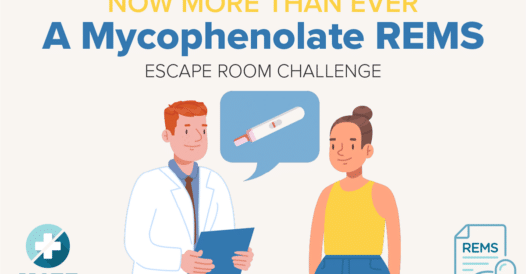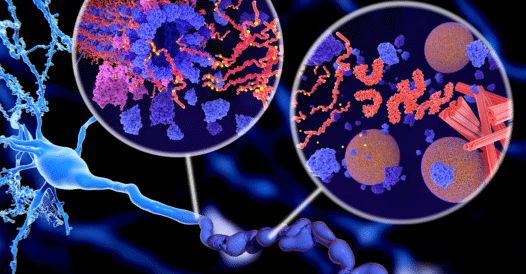Tailoring Care: Crafting Individualized and Patient-Centered Narcolepsy Treatment Plans
Patients with narcolepsy experience excessive daytime sleepiness, cataplexy, disrupted night-time sleep, hypnagogic hallucinations, and sleep paralysis. Patients frequently cope with these symptoms for years, at great expense to their quality of life, and often have to see multiple specialists before …









